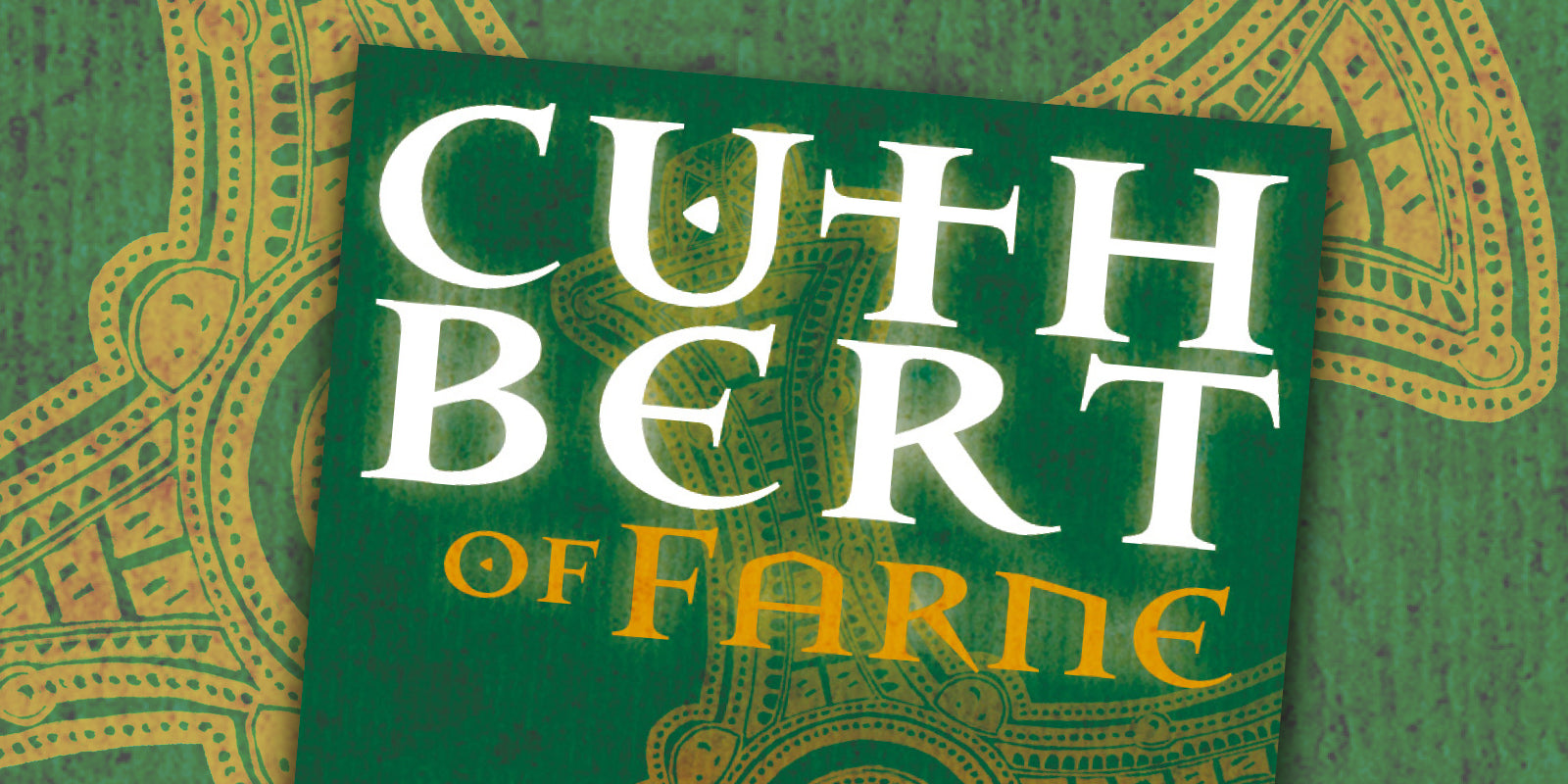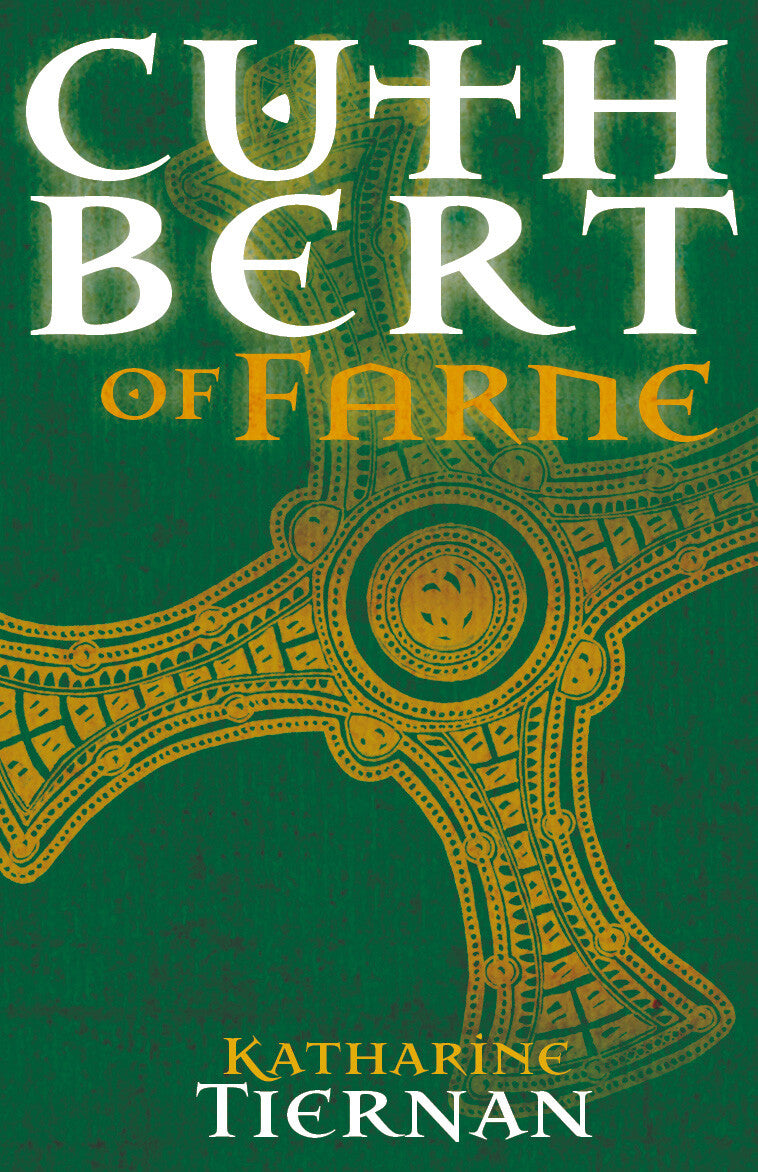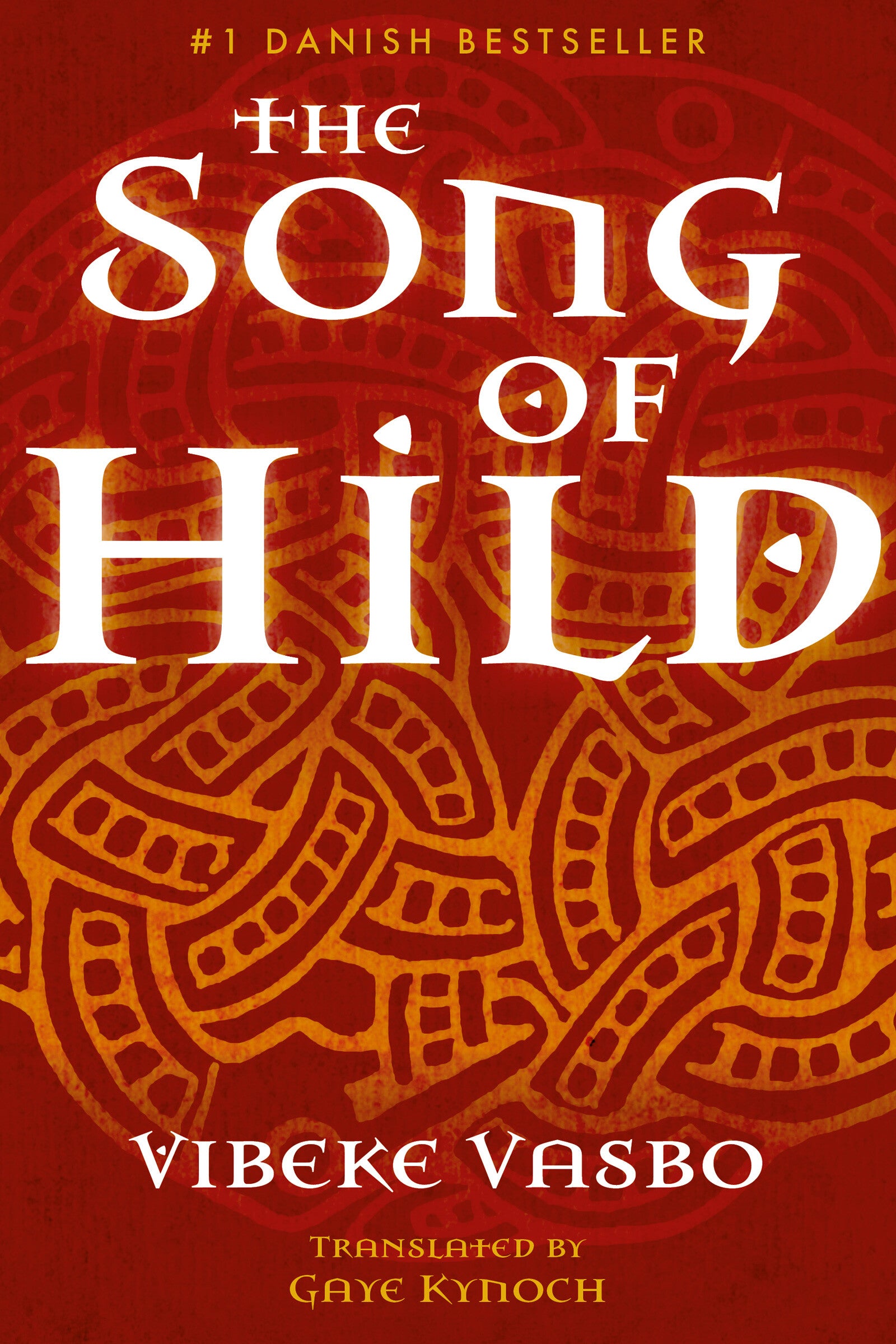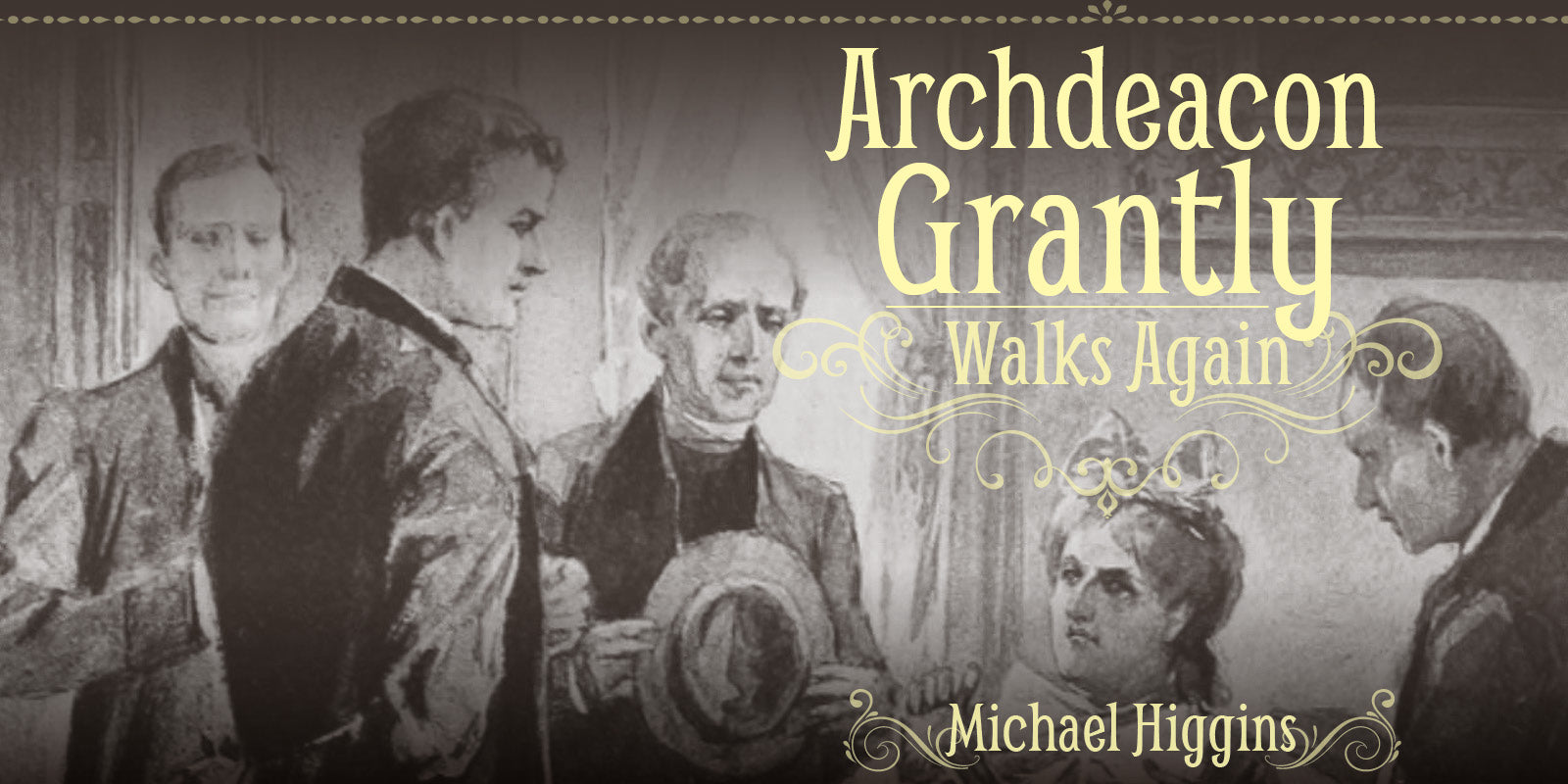%20cropped.png) GUEST BLOG: St Cuthbert has always been a part of Katharine Tiernan's life, as for so many others growing up in the north-east. But what prompted her to write Cuthbert of Farne?
GUEST BLOG: St Cuthbert has always been a part of Katharine Tiernan's life, as for so many others growing up in the north-east. But what prompted her to write Cuthbert of Farne?
During my childhood in North Northumberland in the fifties and sixties, St Cuthbert was a familiar background presence. Days out with a picnic on Lindisfarne always included a search along the shore for “Cuddy’s beads”, the crinoid fossils that local folklore held were his rosary beads. I knew that eider duck were called Cuddy’s ducks because he protected them, and when Glad Tidings carried us out to the Farne Islands, we could see their downy nests beside (what I believed to be) his church. And at school, I was in Cuthbert house.
But my first real sense of connection with Cuthbert came decades later—not in Northumberland, but in London. My lunch date hadn’t turned up, and I had a couple of hours to kill before I took the two o’clock train from King’s Cross home to the north. I decided to visit the British Library, conveniently close to the station. I discovered that they had a special exhibition of the Lindisfarne Gospels. I had never seen the originals, so I was delighted at the opportunity.
I stood before the exhibition for a long time, marvelling at the artistry of the Gospels. But my attention kept being drawn to three objects displayed in a case to one side. There was a worn wooden stool that was, I learned, Cuthbert’s travelling altar; a small brown book, his copy of the St John Gospel; and an exquisite gold and garnet cross that was his pectoral cross. I was transfixed by the objects. Cuthbert had held these, used them, known them – and by some miracle they were here, more than thirteen centuries after his death. For the first time, I felt the legendary figure I had grown up with metamorphose into a present physical reality. Time dropped away. Here were his things, and his presence was so close I felt he might at any moment walk in and pick them up. It was astounding.
Afterwards, an impulse grew in me to express what I had sensed then.
First I read Bede’s Life of Cuthbert. It was at once delightful and daunting. It is full of human interest, with lively dialogue and stories, based on an oral tradition of anecdotes about the saint. At the same time, it is focused on the transcendent; the purpose of the stories is to demonstrate not only Cuthbert’s Christian virtues, but his miraculous acts. The Life is at once immediate and immeasurably distant from contemporary sensibilities. Was it appropriate to translate it into a wholly different fictional genre? To treat the saint as a human being?
This brought up another issue: the task of the novelist is to enter the mind of their subject, to understand his motives, to bring his distinctive character to life. But how could one empathise with the mind of a saint unless one shared in that spiritual station?
I was discouraged. But the impulse to write about Cuthbert kept nagging away at me. I started to research the history of the period from the few books available about the seventh century kingdom of Northumbria. Then came the publication by N. J. Higham, a well-known author of the Anglo-Saxon period, of Ecgfrith, King of the Northumbrians, High-King of Britain. It covers the period of Cuthbert’s life in detail. Prof. Higham has a deep knowledge of the period and a forensic ability to tease out the significant issues and events of the time from the scanty historical evidence. I began to understand what Bede doesn’t mention: that this was a time of intense religious and political conflict, in which Cuthbert was directly implicated. I realised that the other great churchman of his day, the highly controversial Romanist Wilfrid, was Cuthbert’s exact contemporary. The two men represented different poles of spirituality in their time and would certainly have known each other. Although Cuthbert’s career in the church was directly affected by Wilfrid, there is no mention of Wilfrid in Bede’s Life. For Bede, it would be improper to mention conflicts in the church. They are not relevant to his purpose as a hagiographer. But as a writer I saw a relationship between Cuthbert and Wilfrid that could become the heart of a novel.
In this glorious novel we meet not an ascete who has turned his back on the world, but a man deeply involved in the social and political conflicts of his day and dedicated to peace and reconciliation. From his rocky abode, lashed by the bitter salty North Sea winds, in the company of seals and seagulls, and with little in the way of food or physical comfort, he is a warrior engaged in a rare kind of struggle. But this is also a tender story of love and longing and belonging in the new Christian communities of seventh-century Northumbria. You will want to walk that coast, breathe that air.
Vibeke Vasbo, Author of The Song of Hild
Another of Bede’s omissions is Cuthbert’s early life as a warrior, referred to in the earlier anonymous Life. Bede never mentions it, though there is a hint in his description of Cuthbert as “the soldier of Christ”. From the dates provided by Prof. Higham, it was possible to identify the campaign that Cuthbert would have fought in. It had a shocking outcome, even by contemporary standards. Could this have provided the motive for Cuthbert to turn to the religious life? Such questions are not Bede’s province. It is a given for him that Cuthbert’s entry into monastic life was pre-ordained by God. But for us, the question is arresting: what made a young Anglo-Saxon warrior of good family, in a society where Christianity was only a generation old, give up his life to become a monk? It had to be the starting point of the story.
As the novel started to take shape I needed a narrator for the turbulent events of Northumbria during Cuthbert’s lifetime. I found her in Queen Enfled. She was queen and then queen-mother of the kingdom for most of Cuthbert’s life, and a witness to the triumphs and tragedies that befell it. After Cuthbert himself, she became the second voice of the novel.
There was still the problem of writing from within Cuthbert’s spirituality. I felt it would be better, more appropriate, as his spiritual station grew to sainthood, if it were witnessed from without. I turned to Aelfled, Queen Enfled’s daughter, who was given to God as an infant. She features in three stories in Bede’s Life, more than any other individual. In all the stories Aelfled is reported as having an exceptional intimacy with, and affection for, Cuthbert. Church records show that she wrapped him in his shroud when his body was re-interred. She was twenty years his junior and was destined to succeed Hild as Abbess of Whitby. Might Cuthbert have been her mentor? Her confessor? Could she be the witness to his state in the latter half of his life?
The novel had found three voices: Queen Enfled, the witness of the times; Cuthbert himself; and Abbess Aelfled, the witness of his sainthood. They would tell the story from their different perspectives.
I was ready to write.
Cuthbert of Farne is a brand-new moving and powerful historical novel telling the story of one of Britain's best-loved saints. This is a must-read for all who love the stories of the Northern saints and want to know more about the earliest days of Christianity in the North—get your copy today.












